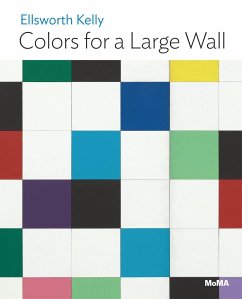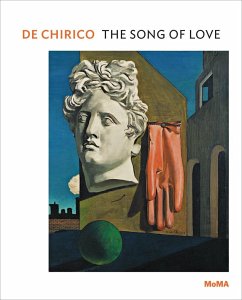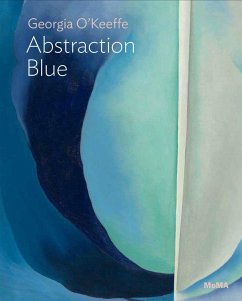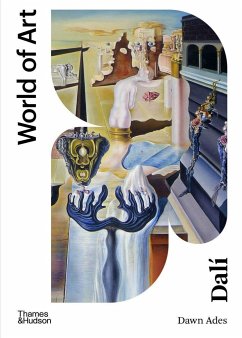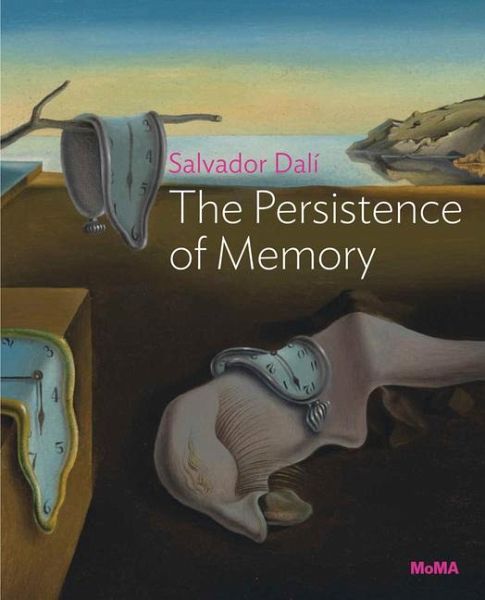
Salvador Dalí the Persistence of Memory
MoMA One on One Series
Versandkostenfrei!
Versandfertig in über 4 Wochen
12,99 €
inkl. MwSt.

PAYBACK Punkte
6 °P sammeln!
A fascinating and detailed analysis of one of the most iconic works of Surrealism In 1931, Salvador Dalí (1904-89) painted The Persistence of Memory, a work that has become virtually synonymous both with the artist and with Surrealism itself. In this bleak and infinite dreamscape, hard objects become inexplicably limp, while metal attracts ants like rotting flesh. Yet realistic details are included, too: the distant cliffs depict the coastline of Dalí's native Catalonia. Tapping deep into the non-rational mechanisms of his mind-dreams, the imagination and the subconscious- and utilizing what...
A fascinating and detailed analysis of one of the most iconic works of Surrealism In 1931, Salvador Dalí (1904-89) painted The Persistence of Memory, a work that has become virtually synonymous both with the artist and with Surrealism itself. In this bleak and infinite dreamscape, hard objects become inexplicably limp, while metal attracts ants like rotting flesh. Yet realistic details are included, too: the distant cliffs depict the coastline of Dalí's native Catalonia. Tapping deep into the non-rational mechanisms of his mind-dreams, the imagination and the subconscious- and utilizing what he called "the usual paralyzing tricks of eye-fooling," Dalí claimed that he made this painting with "the most imperialist fury of precision," but only "to systematize confusion and thus to help discredit completely the world of reality." Curator Anne Umland unpacks this uncanny masterpiece, placing it within Dalí's long career as artist, author, critic, impresario and provocateur.





